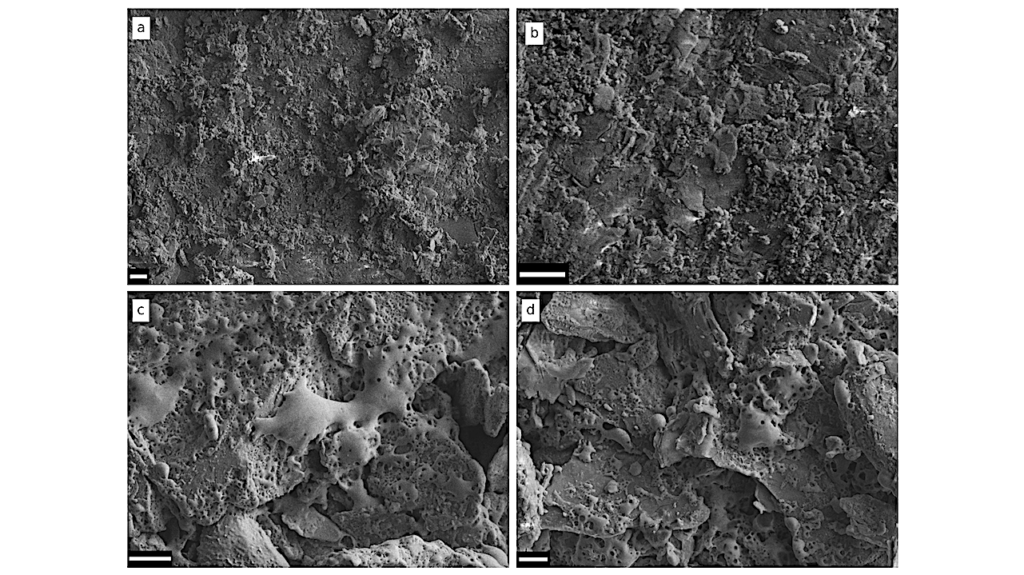Organic Chemistry In The First Phases Of Solar-type Protostars

Planetary systems such as our own are formed after a long process where matter condenses from diffuse clouds to stars, planets, asteroids, comets and residual dust, undergoing dramatic changes in physical and chemical state in less than a few million years.
Several studies have shown that the chemical composition during the early formation of a Solar-type planetary system is a powerful diagnostic to track the history of the system itself. Among the approximately 270 molecules so far detected in the ISM, the so-called interstellar complex organic molecules (iCOMs) are of particular interest both because of their evolutionary diagnostic power and because they might be potential precursors of biomolecules, which are at the basis of terrestrial life.
This Chapter focuses on the evolution of organic molecules during the early stages of a Solar-type planetary system, represented by the prestellar, Class 0/I and protoplanetary disk phases, and compares them with what is observed presently in Solar System comets. Our twofold goal is to review the processes at the base of organic chemistry during Solar-type star formation and, in addition, to possibly provide constraints on the early history of our own planetary system.
C. Ceccarelli, C. Codella, N. Balucani, D. Bockelée-Morvan, E. Herbst, C. Vastel, P. Caselli, C. Favre, B. Lefloch, K. Öberg
Comments: Chapter for Protostars & Planets VII
Subjects: Solar and Stellar Astrophysics (astro-ph.SR); Earth and Planetary Astrophysics (astro-ph.EP); Astrophysics of Galaxies (astro-ph.GA)
Cite as: arXiv:2206.13270 [astro-ph.SR] (or arXiv:2206.13270v1 [astro-ph.SR] for this version)
Submission history
From: Claudio Codella
[v1] Mon, 27 Jun 2022 13:04:47 UTC (11,666 KB)
https://arxiv.org/abs/2206.13270
Astrobiology. Astrochemistry,








